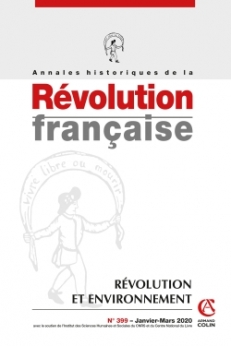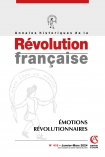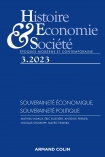
Annales historiques de la Révolution française Nº399 (1/2020)
Pour acheter ce numéro, contactez-nous
Recevez les numéros de l'année en cours et accédez à l'intégralité des articles en ligne.
The Hemipterous parasitic insect of the Kermes oak, a small shrub typical of the Languedoc and Provençal garrigue, the kermes vermilio was an essential raw material for the production of scarlet dyes in the Middle Ages and in the early modern period. The disappearance of this insect, now endangered all around the Mediterranean, is closely linked to the fate of its host plant. Kermes oak succumbed to the wave of land clearing launched by the royal administration from 1770 onwards, which continued with the acceleration of the privatization and clearance of common land during the French Revolution and Napoleonic period. kermes vermilio became a marginal resource at the end of the 18th century, when colonial trade took a preponderant place in the supply of dye materials. The renewed interest in kermes vermilio during the Napoleonic era was part of a policy aimed at making the Empire self-sufficient in raw materials to resist the onslaught of its industries by the nation’s enemies.

